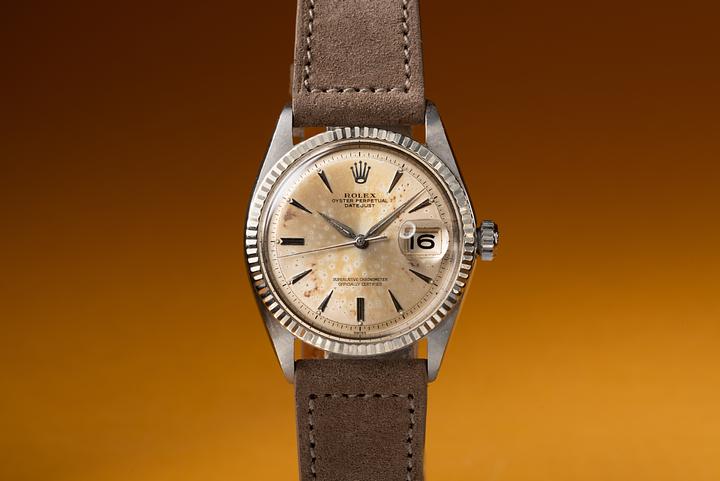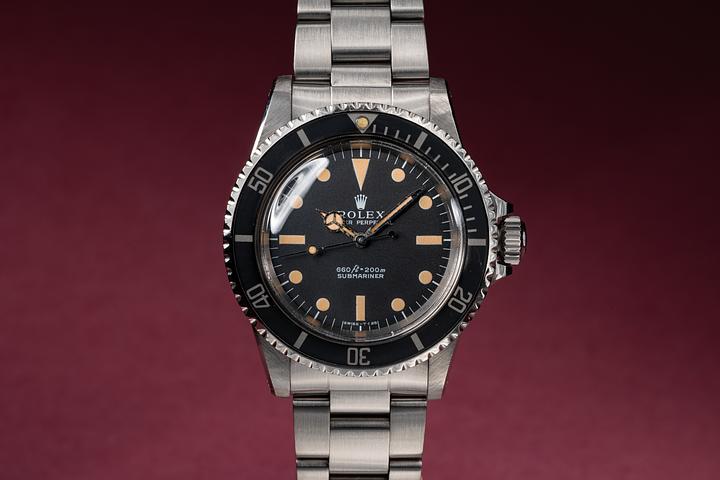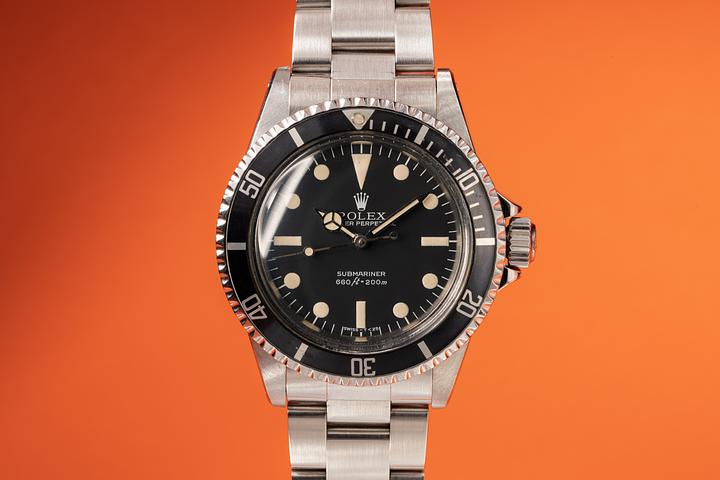Why Rolex Is Famous: Swiss Precision Meets Iconic Style

Why is Rolex So Famous? A Deep Dive into Its Swiss Legacy
Ah, Rolex. Even if you don’t count yourself among the watch aficionados of the world, chances are the name rings a bell. Luxury, precision, status—a symbol that quietly (or boldly) tells a story of craftsmanship and timeless design. But behind the shiny gold finishes and that unmistakable crown logo lies a legacy rooted deep in the heart of the Swiss watch industry. So, why exactly is Rolex so famous? Let’s pause, take a breath, and walk through Rolex’s journey from modest beginnings to horological royalty. This isn’t fluff. It’s fact-backed, Swiss-certified storytelling—lightly caffeinated, but focused.
The Humble Beginnings of a Horological Giant
Rolex wasn’t born in a Swiss valley nestled between medieval castles and precision machinery. Nope. It actually began in London. In 1905, a young Hans Wilsdorf, originally from Germany, founded Wilsdorf & Davis with his brother-in-law. Their mission? Assemble and distribute high-quality wristwatches using movements sourced from the Swiss company Aegler. Smart move—even early on, Swiss craftsmanship was already the gold standard in timekeeping.
But Hans had a bigger vision. He wanted to brand a product that stood for precision, elegance, and innovation. In 1908, three years into the venture, Wilsdorf registered the name "Rolex", allegedly because it was short, snappy, and easy to pronounce in just about any language. Fun fact: he liked how it sounded when said quickly. By 1919, Rolex had officially relocated to Geneva, Switzerland—putting it right at the heart of the global watchmaking industry. And just like that, Rolex became Swiss if not by birth, then definitely by destiny.
Precision That Raised Industry Standards
Rolex didn’t just join the Swiss watchmaking club—they practically rewrote the rules. In 1910, a Rolex became the first wristwatch in the world to receive the Swiss Certificate of Chronometric Precision from the Official Watch Rating Centre in Bienne. Four years later, they took it a step further. The brand snagged a class A precision certificate from the Kew Observatory in the UK—previously awarded only to marine chronometers. Essentially, that means Rolex watches were not just pretty; they were precise to a dizzying degree.
This kind of accuracy wasn’t common in wristwatches at the time. Pocket watches dominated serious timekeeping, but Rolex proved that a wristwatch could be just as precise and reliable. From then on, Rolex positioned its brand as not just luxurious, but technically elite. That combination of prestige and precision? That’s rare air—Rolex used it as jet fuel for its reputation.
Waterproofing Before It Was Cool: The Oyster Case
In 1926, Rolex dropped the Oyster case, the first truly waterproof watch case in the world. Not water-resistant—actually waterproof. It was a revelation. The design featured a hermetically sealed case that protected the movement from dust, moisture, and pressure. It was so notable that they needed a bold way to prove it. Enter the British swimmer Mercedes Gleitze, who swam the English Channel in 1927 wearing a Rolex Oyster. The watch survived seven chilly hours in the water and came out ticking flawlessly. Rolex milked the press coverage with a full-page ad on the front page of the Daily Mail. Subtle? No. Effective? Very.
This success began building the narrative of Rolex as a “tool watch”, not just a fashion accessory. It became gear—equipment trusted by explorers, divers, aviators, scientists. This was a brand that didn't just tell time; it survived time’s harshest tests.
The Birth of the Rolex Icons
There’s a reason why the Submariner, the Daytona, the Datejust, and the GMT-Master are whispered like sacred names in collectors' circles. These aren't just luxury watches; they’re time-bound symbols of innovation and daring spirit. Let’s start light—Submariner, introduced in 1953, was one of the first divers’ watches water-resistant to 100 meters. It earned rugged points and pop culture fame (hello, James Bond) in equal measure.
Or the GMT-Master, launched in 1955, designed for Pan Am pilots hopping between time zones. Dual-time functions made it an instant win with travelers and, again, a flex of Rolex’s commitment to solving real-world complications with elegant engineering. The Cosmograph Daytona? A high-performance classic born in the 60s for racing pros—it didn’t even take off until Paul Newman practically turned it into an icon by simply wearing one. All of these models weren’t just well-marketed; they were built on utilitarian, engineering-first foundations and swooped into cultural consciousness.
Swiss Craftsmanship: The Rolex Foundation
Let’s not dance around it—Swiss watches are not a trend. They’re a tradition, a result of centuries of refinement, innovation, and frankly, obsession with perfection. Rolex, nestled right in Geneva among peers like Patek Philippe and Audemars Piguet, has taken every advantage of that ecosystem. Switzerland’s strict regulations for "Swiss Made" watches? Rolex exceeds them. Every model is subjected to in-house tests beyond industry standards, including waterproofing, power reserve accuracy, chronometric performance, and even wrist comfort. That obsession pays off—every tick of the second hand is poetry in motion, every Rolex movement COSC-certified, and then further tested under Rolex’s own Superlative Chronometer certification.
They’re not mass-producing watches at breakneck speed, either. Rolex keeps output limited, deliberately. That scarcity? It only adds to the legend. It makes owning a Rolex feel earned—not just bought.
The Global Status Symbol: More Than a Watch
Here’s the truth. You don’t just wear a Rolex; you wear a story. A Submariner doesn’t just tell time—it tells the world that you appreciate heritage engineering. A Datejust doesn’t just shine on your wrist—it reflects your personal milestones, your achievements. Over time, Rolex has become more than a brand. It’s a symbol of trust, precision, and—this may sound big—but human potential. It’s the watch that’s gone to the deepest parts of the ocean, up Everest, across space capsules, and slipped perfectly under suit sleeves in boardrooms worldwide. All while remaining grounded in its Swiss roots.
So, why is Rolex so famous? Because it earned it. Through audacious innovation, flawless execution, heritage rooted in both Swiss tradition and entrepreneurial spirit, and a brand message that’s never screamed but always resonated.
In the time it took you to read this article? Somewhere, someone just celebrated life’s biggest moment with a Rolex. It’s not just about timekeeping. It’s about timing. And Rolex, well, they’ve mastered it.




